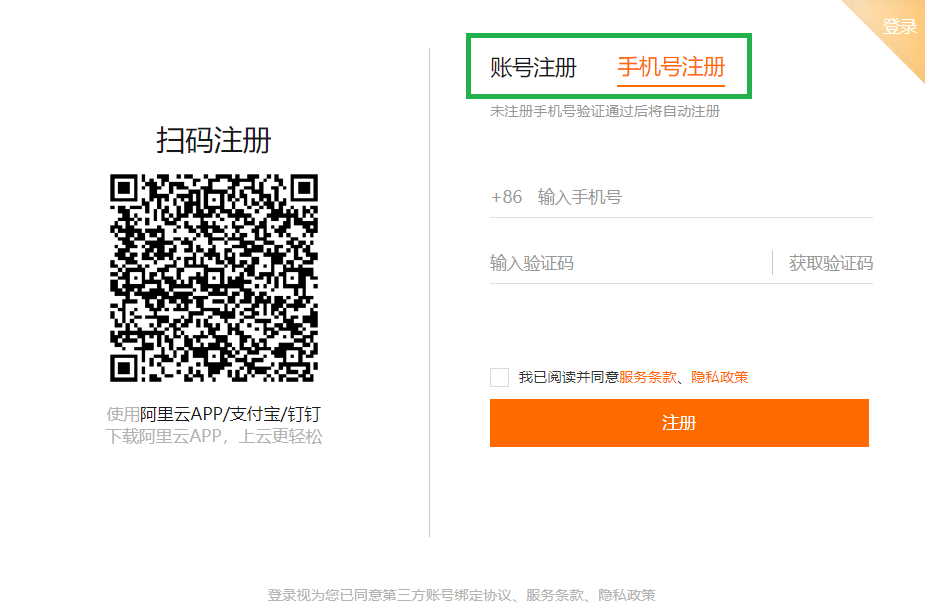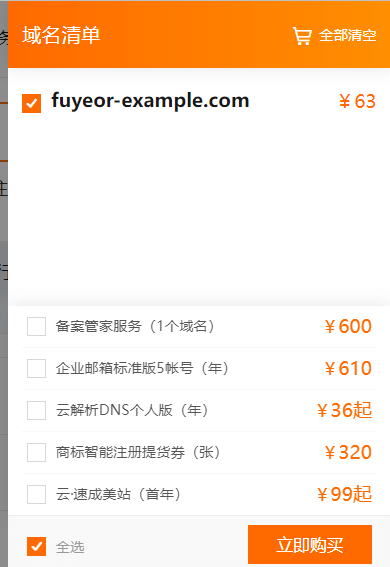女人拼命挣钱经典句子(女人靠自己才踏实句子)
alicucu 2025-12-21 21:55 2 浏览
1.亲爱的宝贝,为了你,我会好好的挣钱,给你一份安逸的生活,让你好好的享受美好人生!
2.为了我们有个共同的家,为了我们有一个温暖的窝,为了你,我一定会好好挣钱,我一定让我的事业奋发向上!
3.努力奋斗,只是为了女朋友,让她有一个幸福的家,和他共同走进幸福的婚姻,我一定会好好挣钱!
我的女朋友就是我的心肝宝贝,她永远都是我最爱的人,为了女朋友好好挣钱,我希望能通过自己的努力让她过上幸福美满的人生。
我要让你过上幸福的生活
1.我要让自己努力的工作,努力的挣钱的,只有这样,才能让自己的冬天不会受冻,我要买衣服了!
2.不知不觉,冬天已经快要到来了,我要努力挣钱买衣服,毕竟冬天的衣服特别的昂贵!
3.我的人生一直在坚持不懈的努力着,我要努力挣钱买衣服,只有这样,才能让冬天好过一点!
1.我们就是两个离婚的女人,我们一直都在努力的挣钱,努力拼搏,我们想的未来,这就是我们的人生!
2.我们的人生就要活得无怨无悔,我们是两个离婚的女人,只有努力挣钱才能让我们的未来更加的美丽!
3.我们要靠着自己的力量砥砺前行,我们就是两个离婚的女人,只有努力挣钱才能给我们人生最大的依靠!
相关推荐
-

- 上海的大学有哪些(上海大学算名牌大学吗)
-
一、上海本科院校名单:序号学校名称所在地院校分类复旦大学211985研究生杨浦区综合类上海交通大学211985研究生闵行区综合类同济大学211985研究生杨浦区理工类华东师范大学211985研究生...
-
2025-12-23 09:12 alicucu
- 林黛玉扮演者(林黛玉扮演者陈小旭)
-
01、1944版周璇02、1962版王文娟03、1962版乐蒂04、1977版张艾嘉05、1978版毛舜筠06、1987版陈晓旭07、1989版陶慧敏08、1996版张玉嬿09、2010版蒋梦婕10、...
- 天上人间最后大结局(天上人间最后大结局是什么)
-
唐唯薄颜在一起了。天上人间剧情通过表现十几位通天“官二代”、神秘“富二代”和绝美“小姐”之间的情感纠葛、复仇绝杀,反映他们有时利用父辈影响,有时利用法律空隙,有时利用人性美色,疯狂敛财,结党营私,凶残...
- 中秋国庆假期时间安排(中秋国庆假期时间安排表)
-
2023年国庆节与中秋节将连在一起放假。放假时间为10月1日至10月8日,共计8天。这样的安排为大家提供了一个长假期间,可以与家人团聚、旅行或者休息放松。在这段时间里,各地将举办丰富多彩的庆祝活动,如...
-

- ny帽子正品多少钱(ny帽子什么档次)
-
在国内正品店,价格不会低于四百人民币。在国外购买,价格大约在25美元。NY帽子在内地开设的专卖店并不多,基本都在北京和上海,香港有开设NY品牌的专卖店。据了解,相当一部分人会通过代购的方式获得正品NY帽子。ny帽子很贵,正品一般两百多人民...
-
2025-12-23 07:12 alicucu
- vivo手机商城(vivo手机商城在哪)
-
如果你的是vivo手机,可以直接在手机桌面上点击vivo商城app,就可以进去vivo官网商场并购物了。如果你没有vivo手机,可以打开浏览器,直接搜索vivo官网,或者直接输入网址:http://s...
- 林正英的鬼片所有电影(林正英的鬼片所有电影有哪些)
-
林师傅是一代大师,他的影迷都亲切称他为九叔,他在剧中也多为九叔。他主演的僵尸大全集主要有鬼打鬼,人吓人,僵尸系列中的僵尸先生,僵尸家族,僵尸叔叔,音乐僵尸,僵尸小宝贝,僵尸少爷,僵尸兵团,僵尸道长I,...
- 三年级端午节优秀作文(三年级端午节作文一等奖)
-
我家乡的端午节 农历五月初五端午节,是我国最大的传统节日之一.端午亦称端五,“端”的意思和“初”相同,称“端五”也就如称“初五”;端五的“五”字又与“午”相通,按地支顺序推算,五月正是“午”月.又...
- 全球最恶心的食物排行(全球最恶心的食物排行榜图片)
-
吃糠咽菜、残羹冷炙、秀色可餐、饕餮大餐、唇齿留香。吃糠咽菜:读音是chīkāngyàncài。释义:形容生活的贫困与艰辛。残羹冷炙:读音是cángēnglěngzhì。释义:指吃剩的饭菜。...
- 谷歌地球下载手机版安卓版(谷歌地球下载安卓版2020)
-
如果网速不卡的话那就是你的机子不适合这款软件,你试一试百度地图也是挺好的UC姐来啦,很高兴为您服务。给您的体验带来不便还请您谅解。关于您反馈的问题,请问您的设备是什么系统的呢?您下载的文件是什么文件...
- 少年四大名捕电视剧(2008林峰版少年四大名捕电视剧)
-
安世耿利用楚离陌与冷血的血液开启幻羽石窟,石窟内部存有绝世功夫秘籍,四大名捕奋力博杀阻止安世耿得到功夫秘籍。姬瑶花悄然现身找到一本功夫秘籍,安世耿打败四大名捕被姬瑶花手中的功夫秘籍吸引,姬瑶花趁机出手...
- 雾是怎么形成的物理(雾是如何形成)
-
雾的形成是一种液化现象。空气中的水蒸气当温度下降时,液化成小水滴漂浮在空气中而形成了雾。雾是一种自然天气现象,指在水气充足、微风及大气层稳定的情况下,接近地面的空气冷却至某程度时,空气中的水气便会凝结...
- 教育培训加盟(教育培训加盟机构官方旗舰店)
-
您好!幼儿中小学现在竞争太激烈了,门槛还低,我太太就在我们市做中小学培训。如果要加盟的话,建议加盟一些大公司的成人培训项目,学历的比如考研,资格证培训比如医师资格、教师资格等。我在医院上班,我同事去年...
-

- 18k金和24k金有什么区别(24k金和足金999有什么区别)
-
(1)含金量不同:24k黄金和18k黄金相比其中的含金量会更多一些,24k黄金一般会被称为足金,也就是纯金,其中的黄金含量能够达到千分之九百九十九,但是18k黄金的含金量只有百分之七十五,另外还有百分之二十五其它的成分。(2)颜色硬度不同:...
-
2025-12-23 02:12 alicucu
- 一周热门
- 最近发表
- 标签列表
-






